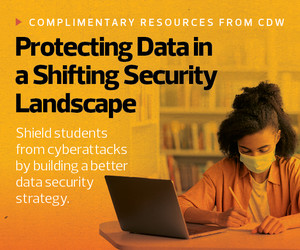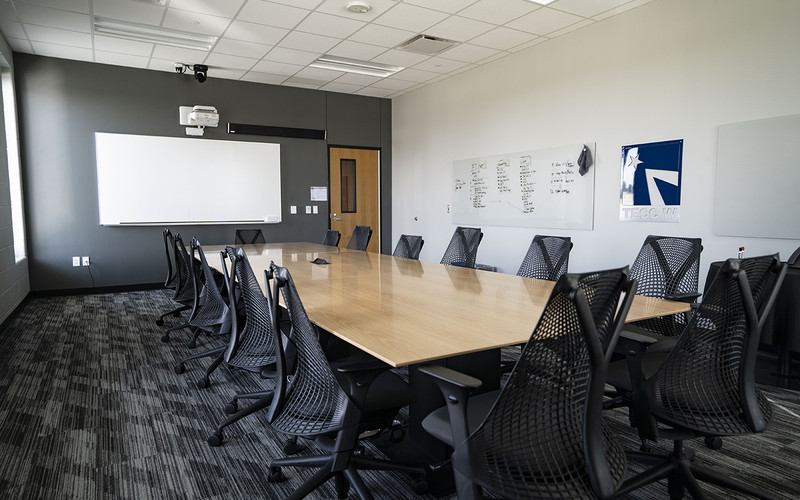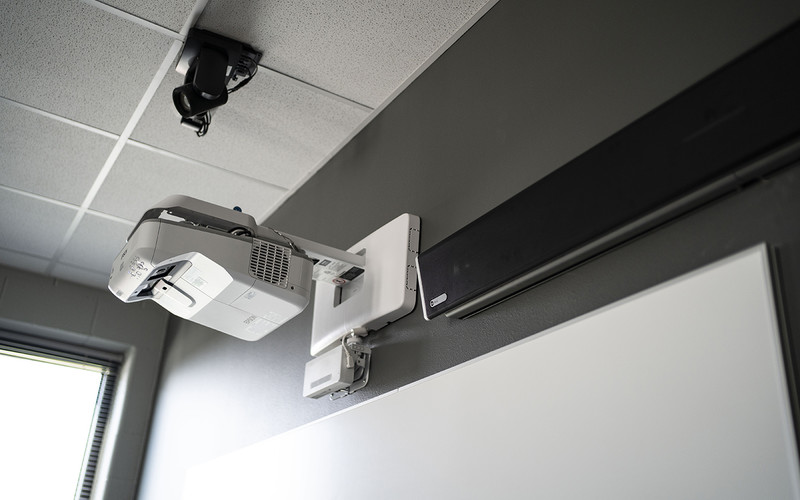District leaders thought they would only need to offer remote meetings temporarily, but soon realized many parents preferred the option. “Rather than having to get time off from work and schedule their day around coming in to a meeting, now they can connect with us from anywhere,” he says.
For parents, these virtual conferences can take place on whatever devices they happen to have. Some use their own smartphones or laptops, while others turn to the school-issued tablets the district deploys to students through its one-to-one program.
Lewisville ISD Makes Its Virtual Meetings More Immersive
Teachers also have flexibility when it comes to how they connect for such meetings, but Langford says many choose to use the district’s specially designed rooms for remote communications. “We installed them to get us through the pandemic, and now they’re used for multiple purposes, including parent meetings,” he says.
Of Lewisville ISD’s 69 campuses, 64 feature such rooms. There’s one in each of the district’s elementary schools, while its middle and high schools have two apiece. Each space is equipped with an Aver pan-tilt-zoom camera, a Nureva microphone and sound bar, and either a connected high-definition television or an Epson short-throw projector with a Da-Lite IDEA screen.
















